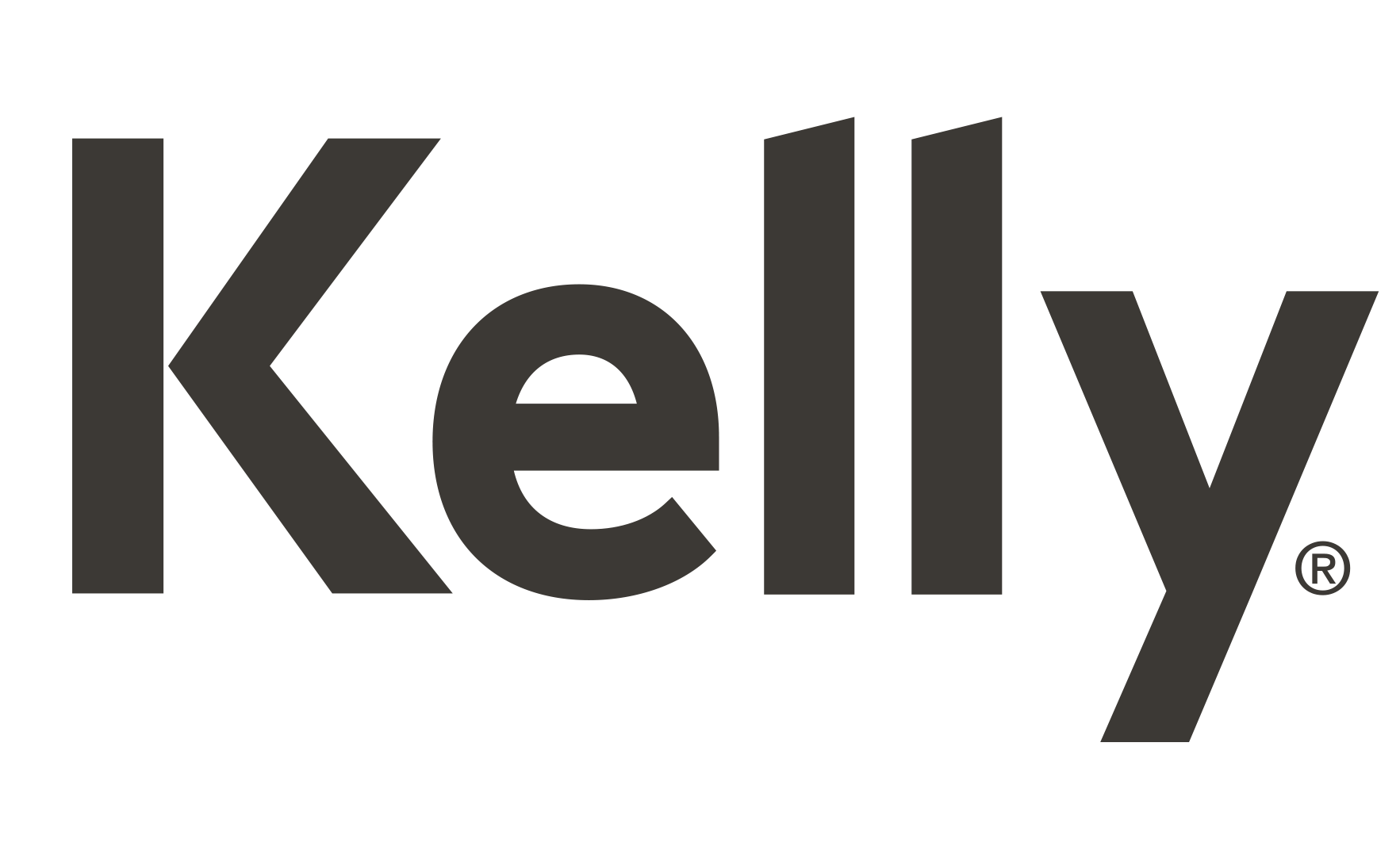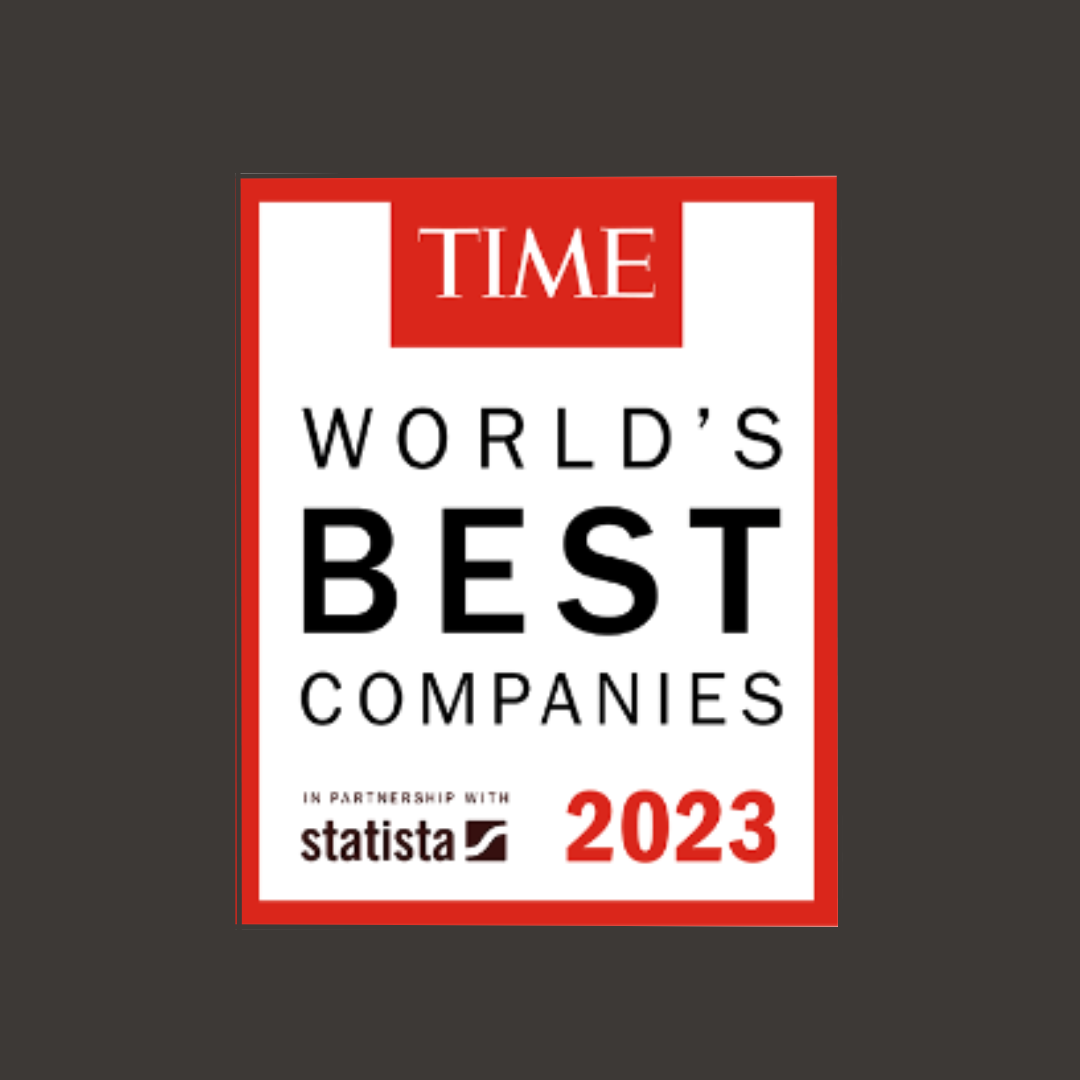
3x3x3: Is learning a numbers game?
Juni 30, 2022
Why do you learn new things? Is it because you’re constantly curious? Because you’re trying to level up your skills and advance your career? Or because your industry is moving so fast, you’re worried that you will be left behind?
Most of us are life-long learners – whether we realise it or not – but although the desire to keep on learning is innate in many of us, the skills we need to learn effectively aren’t inbuilt. How often have you set yourself a goal or thought about learning a new skill, in your work or personal life, and failed to deliver? You’re not alone. It’s easy to get distracted from learning and it’s important to not only have the right mindset but to also have the right framework to support the process. Recently, Mckinsey & Company published their 3x3x3 strategy based on learning through small achievable goals. It is built around three key pillars – ‘a defined number of clear and immediate goals’, ‘a defined period to meet these goals, and ‘a defined number of people who can support and monitor progress on goals’. In this blog, we take a closer look at this learning methodology and explore how you can put it into practice.
Three Goals
If you’re a naturally curious person, it’s easy to come across new learning opportunities every day. And as your list of things, you want to learn stacks up, it can soon become overwhelming. McKinsey & Company recommends that the maximum number of goals to focus on is three, adding, “Anything more than that is likely to be counterproductive, forcing you to divide your focus, energy, and practice among too many pursuits.” They also acknowledge that too few goals can be equally dangerous, with focusing on only a single goal often seeing other learning opportunities left in the dust.
We say: Write down all the goals you want to achieve. Get it down on paper whether that’s 10, 20, or even a 100, and then decide which three goals are the right ones for you to focus on right now. You should consider how each goal could positively or negatively affect you both personally and professionally and try and choose a blend of goals that stretches you across more than one area.
Three Months
Why is three months the sweet spot of goal setting? McKinsey & Company says that “three months provides enough runway to make tangible progress” while forcing “us to be concrete and specific in our goals.” Three months also aligns with many of the rhythms of our lives – from seasons to financial quarters – so it’s not surprising that it has been highlighted as just the right length for goal setting.
We say: While not all goals may fit into the three-month “sweet spot” it’s a useful checkpoint for bigger or more complex goals too. Say you’re engaged on a degree course or professional qualification – three months is the perfect time period to check your progress, look for areas of improvement, or even decide that this isn’t a goal that you want to pursue.
Three Other People
The last three of this learning methodology is all about people and it might be the most surprising part of the 3x3x3 strategy. McKinsey & Company recognise that it can be uncomfortable to ask for help but argue that “involving others in our learning is one of the most powerful ways to improve goal attainment” creating “healthy social pressure”. Essentially, including at least three other people in your learning creates accountability and a support network, making it more likely that you will stick with your goals for the long term.
We say: Self-improvement isn’t something you need to hide away. And involving other people in your learning can be inspiring as well as keeping you accountable. It may even open up new avenues for learning or prompt you to take a goal in a brand-new direction.
We think there is a lot to like in the 3x3x3 frameworks and any tool that helps you to grow your skills successfully has to be a good thing! What do you think of 3x3x3? Head over to our social media feeds and let us know. Or explore our current jobs to find a role where learning and development take centre stage.









